Paul Graham9780133708752, 0133708756
Table of contents :
Contents
……Page 12
1.1. New Tools……Page 18
1.2. New Techniques……Page 20
1.3. A New Approach……Page 21
2.1. Form……Page 24
2.2. Evaluation……Page 26
2.3. Data……Page 27
2.4. List Operations……Page 29
2.5. Truth……Page 30
2.6. Functions……Page 31
2.7. Recursion……Page 33
2.8. Reading Lisp……Page 34
2.9. Input and Output……Page 35
2.10. Variables……Page 36
2.11. Assignment……Page 38
2.12. Functional Programming……Page 39
2.13. Iteration……Page 40
2.14. Functions as Objects……Page 42
2.16. Looking Forward……Page 44
3.1. Conses……Page 48
3.3. Why Lisp Has No Pointers……Page 51
3.5. Example: Compression……Page 53
3.6. Access……Page 56
3.8. Trees……Page 57
3.9. Understanding Recursion……Page 59
3.10. Sets……Page 60
3.11. Sequences……Page 62
3.12. Stacks……Page 64
3.13. Dotted Lists……Page 66
3.15. Example: Shortest Path……Page 68
3.16. Garbage……Page 71
4.1.
Arrays……Page 75
4.2.
Example: Binary Search……Page 77
4.3.
Strings and Characters……Page 78
4.4.
Sequences……Page 80
4.5.
Example: Parsing Dates……Page 83
4.6.
Structures……Page 86
4.7. Example: Binary Search Trees……Page 88
4.8.
Hash Tables……Page 93
5.1. Blocks……Page 98
5.2. Context……Page 100
5.3.
Conditionals……Page 102
5.4. Iteration……Page 104
5.5. Multiple Values……Page 106
5.6. Aborts……Page 108
5.7. Example: Date Arithmetic……Page 109
6.1. Global Functions……Page 116
6.2. Local Functions……Page 118
6.3. Parameter Lists……Page 119
6.4. Example: Utilities……Page 121
6.5. Closures……Page 124
6.6. Example: FunctionBuilders……Page 126
6.7. Dynamic Scope……Page 129
6.8. Compilation……Page 130
6.9. Using Recursion……Page 131
7.1. Streams……Page 136
7.2. Input……Page 138
7.3. Output……Page 140
7.4. Example: String Substitution
……Page 142
7.5. Macro Characters……Page 147
8.1. Symbol Names……Page 150
8.2. Property Lists……Page 151
8.3. Symbols Are Big……Page 152
8.5. Multiple Packages……Page 153
8.6. Keywords……Page 154
8.8. Example: Random Text……Page 155
9.1. Types……Page 160
9.2. Conversion andExtraction……Page 161
9.3. Comparison……Page 163
9.4. Arithmetic……Page 164
9.5. Exponentiation……Page 165
9.6. Trigonometric Functions……Page 166
9.7. Representation……Page 167
9.8. Example: Ray-Tracing……Page 168
10.1. Eval……Page 177
10.2. Macros……Page 179
10.3. Backquote……Page 180
10.4. Example: Quicksort……Page 181
10.5. Macro Design……Page 182
10.6. Generalized Reference……Page 185
10.7. Example: MacroUtilities……Page 186
10.8. On Lisp……Page 190
11.1. Object-OrientedProgramming……Page 193
11.3. Slot Properties……Page 196
11.4. Superclasses……Page 198
11.5. Precedence……Page 199
11.6. Generic Functions……Page 201
11.7. Auxiliary Methods……Page 204
11.8. Method Combination……Page 206
11.9. Encapsulation……Page 207
11.10. Two Models……Page 209
12.1. Shared Structure……Page 212
12.2. Modification……Page 215
12.3. Example: Queues……Page 217
12.4. Destructive Functions……Page 218
12.5. Example: Binary SearchTrees……Page 220
12.6. Example: Doubly-LinkedLists……Page 221
12.7. Circular Structure……Page 225
12.8. Constant Structure……Page 227
13.1. The Bottleneck Rule……Page 230
13.2. Compilation……Page 231
13.3. Type Declarations……Page 234
13.4. Garbage Avoidance……Page 239
13.5. Example: Pools……Page 243
13.6. Fast Operators……Page 245
13.7. Two-Phase Development……Page 246
14.1. Type Specifiers……Page 249
14.2. Binary Streams……Page 251
14.3. Read-Macros……Page 252
14.4. Packages……Page 253
14.5. The Loop Facility……Page 256
14.6. Conditions……Page 261
15.1. The Aim……Page 264
15.2. Matching……Page 265
15.3. Answering Queries……Page 268
15.4. Analysis……Page 272
16.1. HTML……Page 274
16.2. HTML Utilities……Page 276
16.3. An Iteration Utility……Page 279
16.4. Generating Pages……Page 281
17.1. Inheritance……Page 286
17.2. Multiple Inheritance……Page 288
17.3. Defining Objects……Page 290
17.4. Functional Syntax……Page 291
17.5. Defining Methods……Page 292
17.7. New Implementation……Page 294
17.8. Analysis……Page 301
A. Debugging……Page 304
B. Lisp in Lisp……Page 312
C. Changes to Common Lisp
……Page 321
D. Language Reference……Page 327
Notes
……Page 418
Index……Page 432
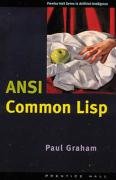
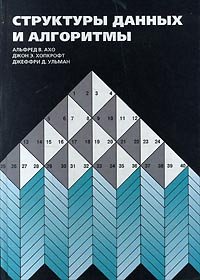
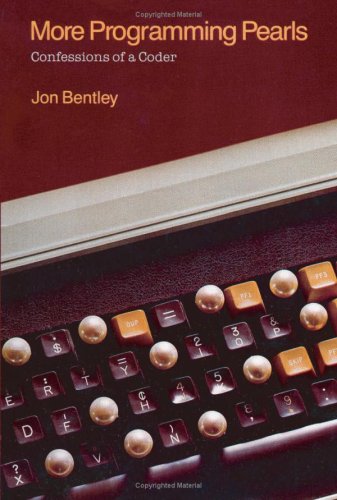
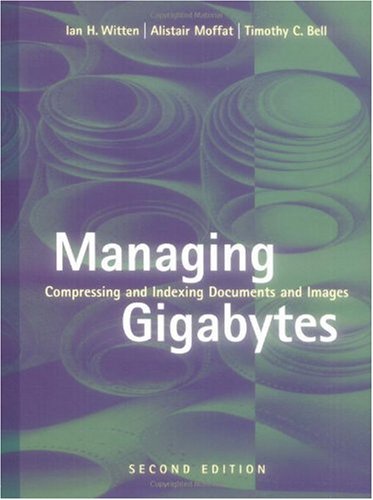
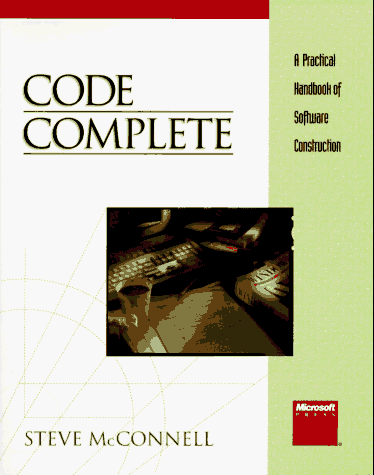
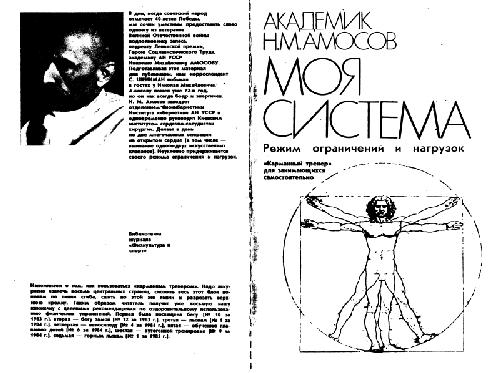
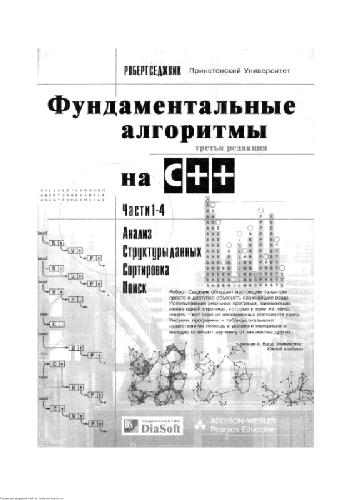
Reviews
There are no reviews yet.